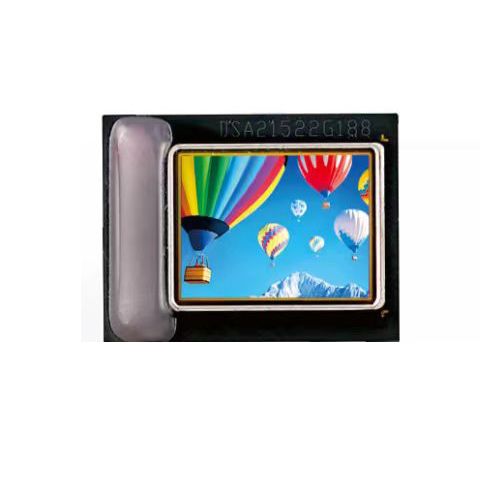Overview of AR Glasses Display
2024-04-11
Augmented Reality (AR) glasses displays refer to wearable devices equipped with optical components that overlay digital content onto the user's view of the real world. Here's an overview of AR glasses displays:
1. Optical Components: AR glasses displays typically include optical elements such as lenses, projectors, and waveguides. These components are responsible for projecting virtual images or information into the user's field of view, seamlessly blending them with the real-world environment.
2. Display Technology: AR glasses may use various display technologies to render digital content, including:
- Micro OLED Displays: These compact displays offer high resolution and color accuracy, making them suitable for AR applications.
- LCOS (Liquid Crystal on Silicon) Displays: LCOS displays use liquid crystal technology and reflective surfaces to produce high-quality images with low power consumption.
- Micro LED Displays: Micro LED technology enables high brightness, contrast, and energy efficiency, making it suitable for AR glasses displays.
3. Optical Design: The optical design of AR glasses is critical for delivering a clear and immersive augmented reality experience. It involves considerations such as field of view (FOV), eye relief, interpupillary distance (IPD) adjustment, and image quality.
4. Sensors and Tracking: AR glasses often incorporate sensors such as accelerometers, gyroscopes, and depth sensors to track the user's head movements and orientation. This tracking data is used to update the position and orientation of virtual objects in real-time, ensuring accurate alignment with the user's view.
5. Processing Power: AR glasses require powerful onboard processors to handle real-time tracking, rendering, and display of virtual content. These processors may be integrated into the glasses themselves or connected to a companion device such as a smartphone or wearable compute unit.
6. User Interface: AR glasses displays feature user interfaces that allow users to interact with digital content, navigate menus, and control settings. This may include touch-sensitive surfaces, voice commands, gesture recognition, or external input devices.
7. Applications: AR glasses displays have a wide range of applications across industries such as:
- Enterprise: Remote assistance, maintenance and repair, training and education, visualization of 3D data.
- Consumer: Gaming, entertainment, navigation, social media, immersive experiences.
- Healthcare: Medical training, surgical assistance, patient monitoring, rehabilitation.
- Manufacturing: Quality control, assembly instructions, logistics, design visualization.
Overall, AR glasses displays offer a versatile platform for delivering immersive augmented reality experiences in various contexts, enhancing productivity, entertainment, and interaction with the digital world.



